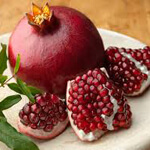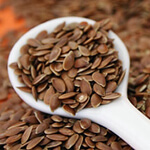
Sweet potatoes are the tuberous roots of the sweet potato vine, which thrives in the warmest regions of the world. They are characterized by the vivid colors of their flesh, which range from deep orange to light purple, and tend to be longer and thinner than regular white potatoes (to which they’re distantly related). Moreover, sweet potatoes are not the same as yams, despite their close physical resemblances. Sweet potatoes are one of the healthiest…










